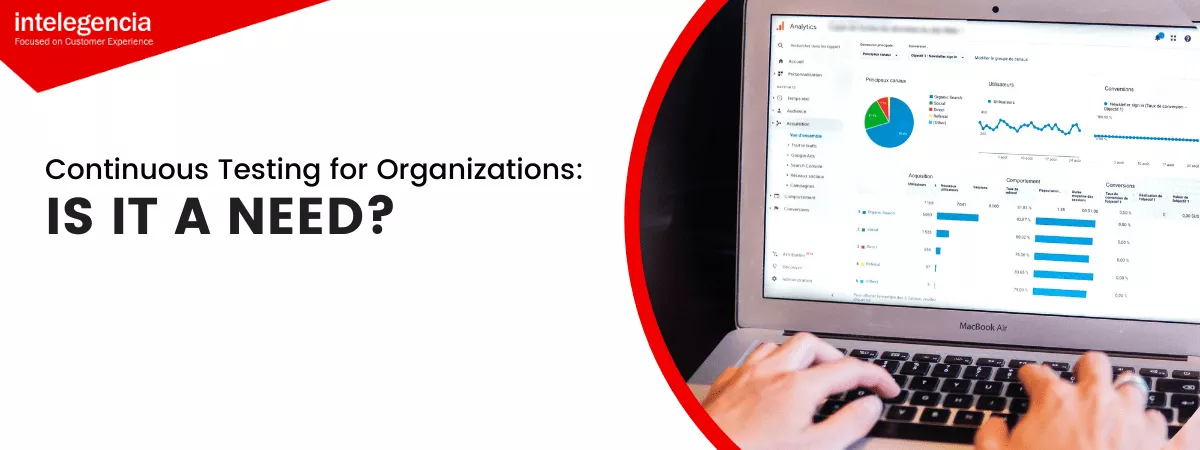Continuous Testing for Organizations: Is it a need?
 Angelika Tirona
March 12, 2021
Angelika Tirona
March 12, 2021
Is your business ready to adopt continuous testing, or can you do without it? Here’s what you need to know.
Just as with any new system, implementing continuous testing calls for a rigid planning and preparation stage. There are tons of factors to consider: infrastructure, business demands, timing, and people.
Infrastructure
It’s a good practice to look at what you have at the moment before you leap into what you assume your business needs. The right infrastructure will help support continuous testing. Without first preparing the optimal environment, you run the risk of experiencing failures and business losses (which happens more often than you might think).
If you’re keen on implementing continuous testing and want to make the most out of it, say goodbye to your years-old hardware and software.
Business Demands
Return-on-investment (ROI) is a big driving factor for any business decision. Before you go ahead and plan for continuous testing, it’s crucial to understand your need for it and how it can affect your cash flow.
Are you a small organization that carries a lot of risks? Or are you a multinational company that has ample resources? Knowing where you stand in the business spectrum will help you realize the value of continuous testing and whether it’s worth the cost of implementation.
Timing
Ask yourself, “where is my business at right now in the delivery pipeline process?” Without a fully functional pipeline, you won’t establish whether continuous testing is compatible with the current infrastructure.
It might be best to first complete your development or wait until you get to the final stage before you can start delivering value from your continuous testing pipeline.
People
Another factor to consider is your willingness and capability to hire the right people for building your continuous testing pipeline. These new team members will be responsible for key responsibilities, such as:
Defining how the pipeline will fit into existing systems
Identifying the tools and environments you need for the test execution
Creating tests to run during execution time
Preparing for risks and verification processes
Taking charge of documentation
Why do you need to hire for these tasks? Because not only are these impossible to be handled by a single person, but these also call for expertise, knowledge, and experience.
Best practices to keep you on track
Implementing continuous testing can be tricky, but industry experts have shared best practices to make the process as smooth as possible for every organization. While your strategy will still depend on your unique business processes, here are some things worth paying attention to.
-
As you strategize your implementation plan, it’s best to document as often as you can to keep track of progress and changes (if there are any).
-
Don’t try to do it all at once. Polish and perfect one stage before moving on to the next – otherwise you’ll find yourself in a pit of mistakes that are too difficult to repair when you’re at the final stage.
-
Pay attention to business risks. Many professionals make a mistake by setting their business aside and focusing too much on the implementation. By working closely with the business, you can identify issues early on and adjust your pipeline accordingly.
-
It’s never too early to start planning. The key to moving forward with your continuous testing pipeline is to get the full involvement
Angelika Tirona is a Content Writer at Intelegencia. When she is not working, you can find her trying out new restaurants and dishes
Comment(s)
_BlogComment.Message
